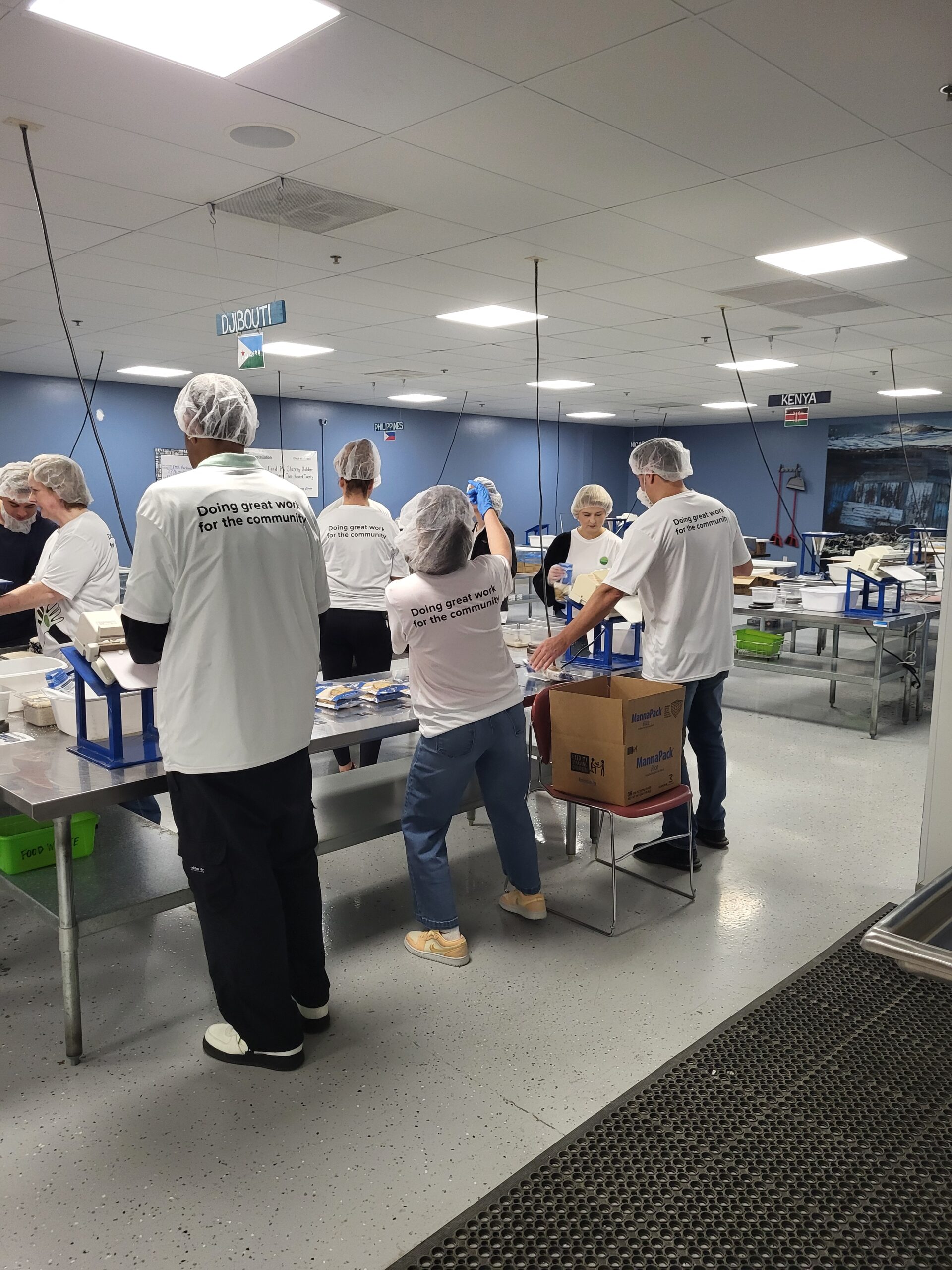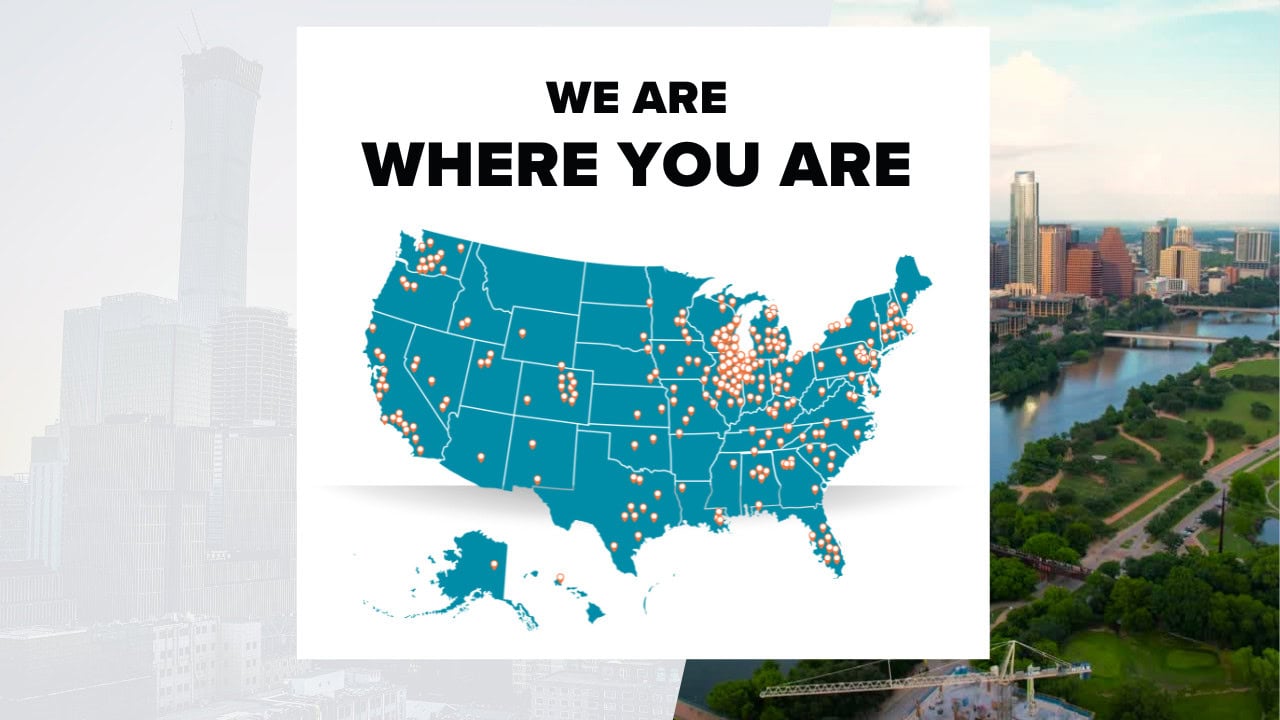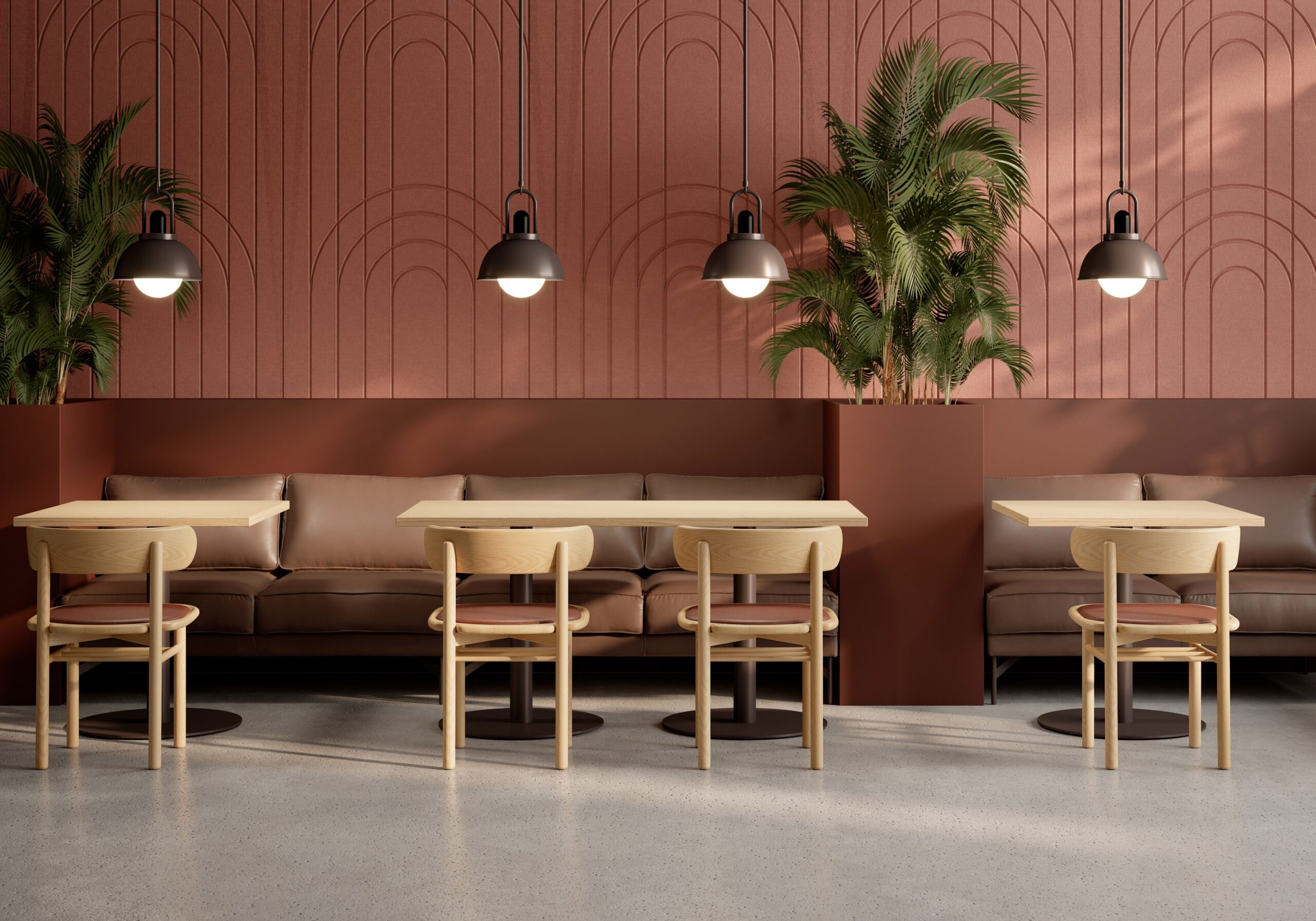After spending more than a year in a pandemic, the idea of the traditional office space has been completely dismantled. Now, your office could be your sofa, a bar stool at your kitchen island, or a spare room in your home. The result of this shift to a more informal office space is having long-term consequences for the traditional office, which is accelerating innovation around office design. The latest muse? Retail spaces.
Why Retail Design Is Critical To Developing Productive Work Spaces
Retail spaces are the latest inspiration to emerge for post-pandemic office design. Previously, office spaces had a strict design format that focused on using space efficiently while increasing productivity.
The design focused on answering questions like:
- Will it be possible to seamlessly scale the design and do so cost-effectively?
- How many employees can comfortably fit into the space without hampering productivity?
- Will the budget maintain the upkeep of the space?
While the traditional office made it possible to answer these questions in the affirmative, it is only when space efficiency and productivity took center stage that the formal office space was born. However, we’ve recently discovered, this formal office space lacks the stimuli necessary to make the design worthwhile for employees, and by extension their employers.
Retail design solves this problem, as it shifts the focus from space and budget efficiency to engaging the consumer, the consumer, in this case, being the employee.
Retail-inspired office design focuses on answering questions such as: how to get employees to feel more inspired at work, be more productive, and add value to company culture?
In the past, that answer was to simply create open-plan spaces. While an open plan space works, retail design examines the psychology of what makes a workplace more engaging and stimulating, ultimately making employees more productive.
If workplaces are to benefit from the same psychological principles that retailers have for decades, they need to place an emphasis on making an office space more inviting. Therefore, employers need to think of design as an intricate part of enhancing an employee’s office experience, similar to the way retailers focus on delighting consumers.
What Retail Can Teach Offices About Increasing Employee Engagement
Step into any retail space and you’re immediately stimulated. Everything from the lighting, the flooring, even the entryway, has been designed to make you feel welcome.
For workplaces post-pandemic, the emphasis will also be on making employees feel welcome and safe in their new working environment. Millennials, who are among those who have taken a considerable mental health beating, want an office that encourages learning and collaboration – something that was sorely lacking during the pandemic. Therefore, the new focus of the office should be on promoting employee well-being.
For the average office, this means creating a flow – natural to employees – that makes collaboration and peer-to-peer learning easier. Employees should not have to struggle to collaborate with their colleagues, nor should they feel isolated when at the office. To ensure that collaboration and community are prioritized, consider removing opaque barriers so employees can see each other.
Beyond communication and navigational flow, offices can also incorporate positive triggers that retailers use, triggers that will increase productivity and reduce stress. Triggers like more unoccupied space to reduce feelings of claustrophobia, generous use of organic textures like wood to make the space feel warm and inviting, and lighting that keeps employees alert while ensuring they don’t experience strain or fatigue.
Discerning companies will also ensure that the design elements they choose to implement will have the most effect on their employees and their employees’ perception of their working environment. In addition to taking office design as seriously as other initiatives applied to maintain employee wellbeing.
The Pandemic Will Accelerate Retail-Centered Design in the Office
In a post-pandemic office space, the nucleus will be feeling welcome and comfortable in the working environment. Since employees have been working in isolation for such a long time, meaningful interaction will be far more appreciated and act as a stimulant for productivity instead of a distraction. Other positive retail design triggers like the thoughtful use of space, color, and textures will also result in a workforce that’s more engaged, making implementing these aspects more rewarding for companies.
Contact us to receive a free space plan that will take into account retail-centered design initiatives.




